The following is an excerpt from my book, The Ultimate Guide to Toxic Mold Recovery: Take Back Your Home, Health & Life, available on Amazon. I hope it helps you find more grace in your journey!
Healing your body will be a roller coaster, but you can make it a kiddie roller coaster and not that great big loopy-do roller coaster by practicing awareness and good habits.
You will have good days and bad days. You will get frustrated and sad. But you will also spend a full day at the lake with friends and not get tired, or concentrate on a project for hours without even realizing it.
Have you ever seen the bikes they have for kids called balance bikes? They have no chain or pedals, the kid just glides or pushes. It’s a much more effective way to learn to balance on a bike, and it’s less stressful than dealing with the pedals.
This is you. Your body is your bike. You are learning to glide and balance, but for now you need to help yourself out a bit because you’re still wobbly.
Stages of Healing
It’s hard to say which symptoms or systems will get better for you first - I think it’s very case-dependent. I’ve read that some systems will be in a different stage of healing than others; for instance, your gut health could be improving at a much faster rate than your endocrine (hormonal) system.
Roughly, there are these 3 stages:
Severe: this is when symptoms are at their worst, with many symptoms, debilitating symptoms, and/or lack of ability to function (this could be body systems or your ability to work, move, etc.)
In Recovery: this is when you have regained some function and see improvements, but you aren’t where you want to be and can have flare-ups from triggers like work, exercise or scents.
Maintenance: In this stage you are mostly better, but likely you still have to guard your health in various ways. There could be some symptoms and triggers, but the list is shorter and less severe.
Notice that I did not put any time frames on these stages, as lengths of time will vary.
The most important way to move out of the severe stage is to get out of a moldy environment.
Also not mentioned was the pre-discovery stage. If you are lucky, you will notice symptoms and consider your building within a few weeks or months.
But most people are not in that scenario and spend years in a dangerous environment. It’s usually not until symptoms are severe that mold may come up as a possibility, and even then you could spend years without considering mold.
Routine vs. Variety
When you are at your sickest, or even as you go about your workday, sticking to a routine is best. When you honor natural circadian rhythms for sleeping, eating and working out, it creates less stress for your body and you can heal more quickly and experience less side effects.
This is the equivalent of gently patting along the ground as you balance your bike, in the simile I shared above.
You can build up to having more resilience by practicing something called hormesis.
“Hormesis refers to adaptive responses of biological systems to moderate environmental or self-imposed challenges through which the system improves its functionality and/or tolerance to more severe challenges.”
Source: Mattson MP. Hormesis defined. Ageing Res Rev. 2008 Jan;7(1):1-7. doi: 10.1016/j.arr.2007.08.007. Epub 2007 Dec 5. PMID: 18162444; PMCID: PMC2248601.
Hormesis can be practiced with some things previously mentioned like sauna, cryotherapy, fasting and breathing exercises.
We humans also need variety. Going to a new restaurant, away on vacation, or dancing the night away makes life more interesting.
As your health gets stronger, you can try more of these things. Per our balance bike example, this is picking up your feet and enjoying some glide time!
I would suggest not trying too much at once. For example, if it’s your first time eating out in a while, at least stick to a healthy menu item, so no fries, milkshakes or even soy sauce. If you stay out late, be home by 10 PM instead of 1 AM.
Trying new things may make you feel worse. It’s a bummer, but really it’s just information. You are not quite ready for that activity, at least for now.
If you are experiencing a set-back, feel the feeling, but don’t make a big story about it. Have a little cry, get it out, and then take a walk, pet your cat or make a cup of tea. Enjoy what you can on a bad day. Know that you’ll find answers later.
Don’t beat yourself up that you can be ‘just like everyone else’ and do whatever you want all the time. First of all that’s a fantasy, and second of all treating your body carelessly will likely send you into early aging and chronic disease.
Be proud of how far you’ve come, and also of your healthy moderation.
There may be some things that you will always have to be careful about. For me, I have to watch my travel habits. Late nights, early mornings, cold airports, restaurant food and too much social time throws me off hard. I do my best to fly in the daytime, bring warm clothes, sleep in and take my supplements!
Learn With Us!
Is your Toxic Mold a cause of your chronic symptom? Or could it be?
Learn more about it in my free guide, Your Complete Guide to Health Recovery and Mold .
The Ultimate Guide to Toxic Mold Recovery
You can also learn ALL about toxic mold as a root cause, and get a recovery plan, with my book, The Ultimate Guide to Toxic Mold Recovery: Take Back Your Home, Health & Life.
Bridgit Danner, LAc, FDNP, is an acupuncturist turned functional health coach and has worked with thousands of clients since 2004.
She is the founder of FunctionalDetoxProducts.com and the author of The Ultimate Guide to Toxic Mold Recovery: Take Back Your Home Health & Life, available in audiobook, Kindle and paperback on Amazon.

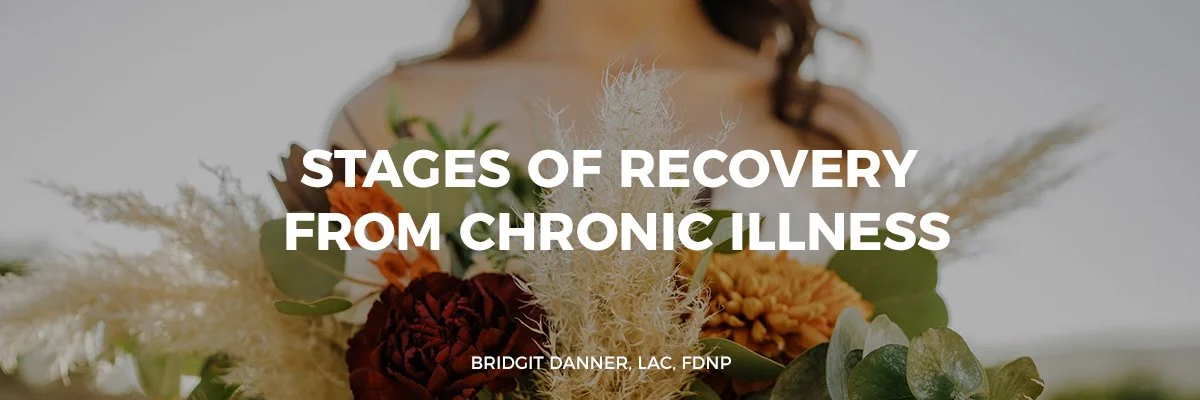
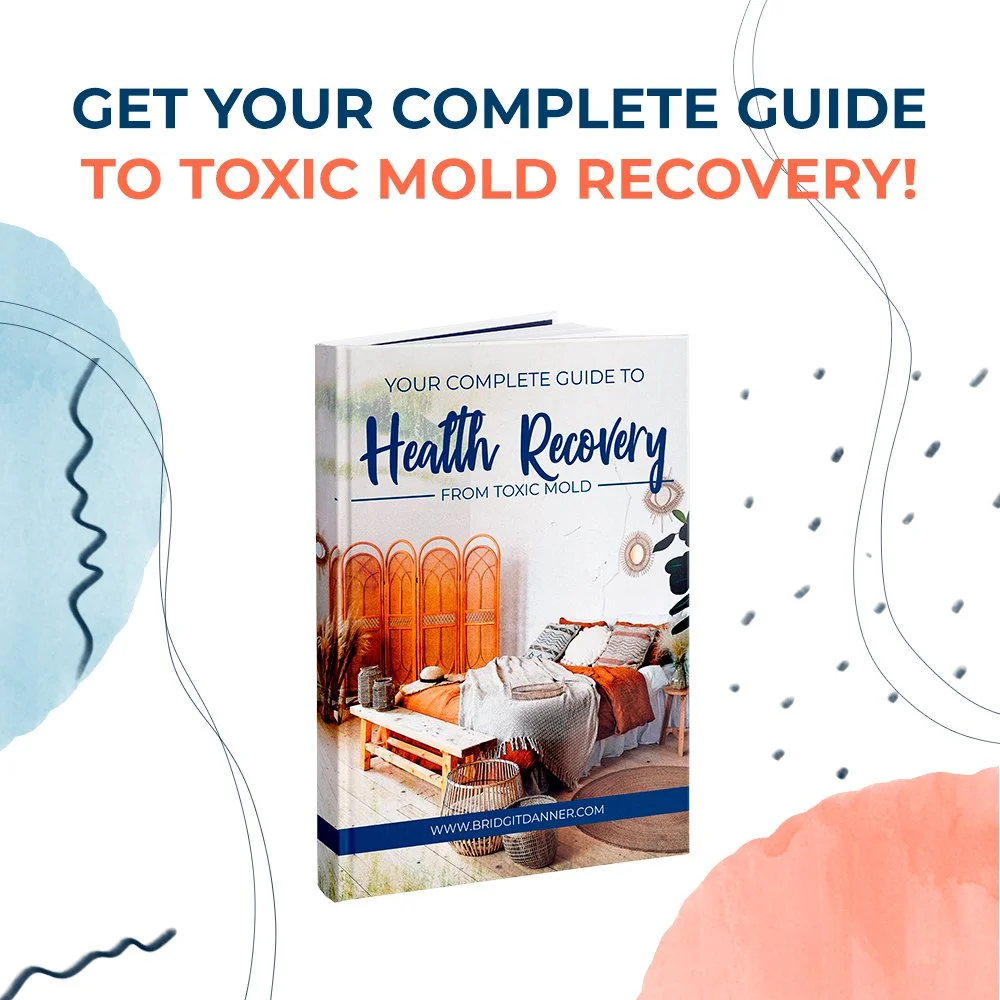






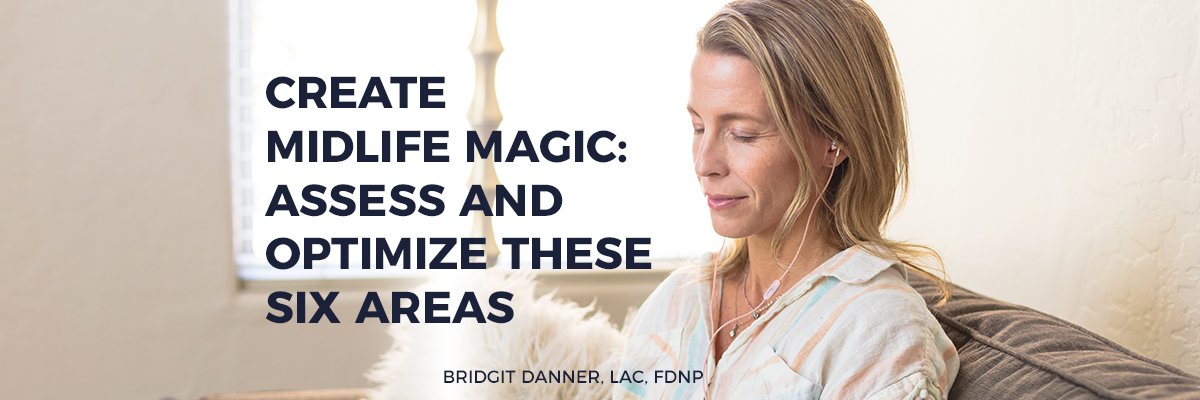

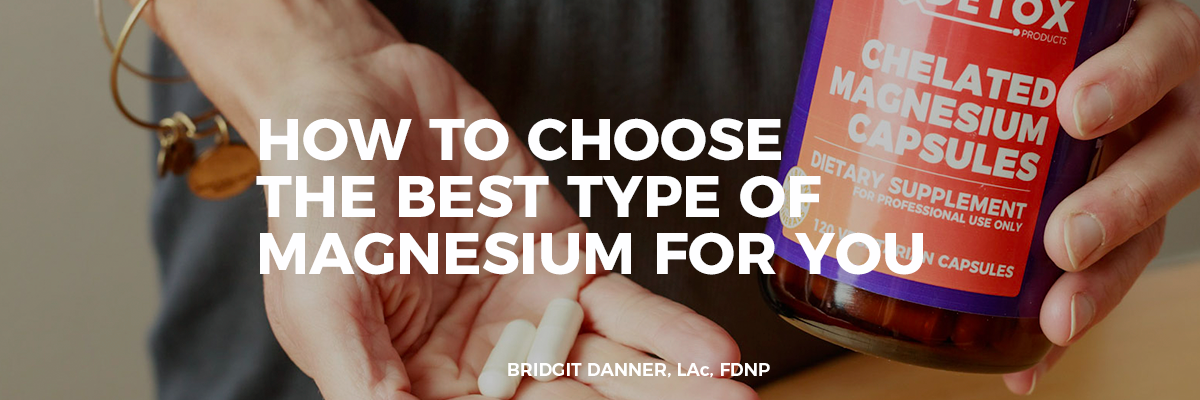
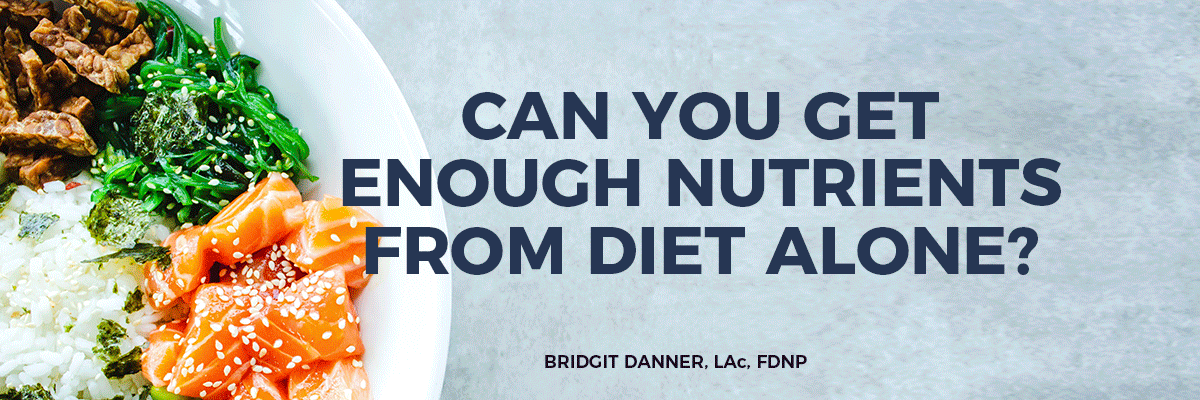
Polyphenols have been widely studied and shown to have numerous benefits, including protecting against cancers, heart disease, and more. hard to protect you from oxidative damage and stress, they are also turning back the clock on your physical appearance too? Read more…